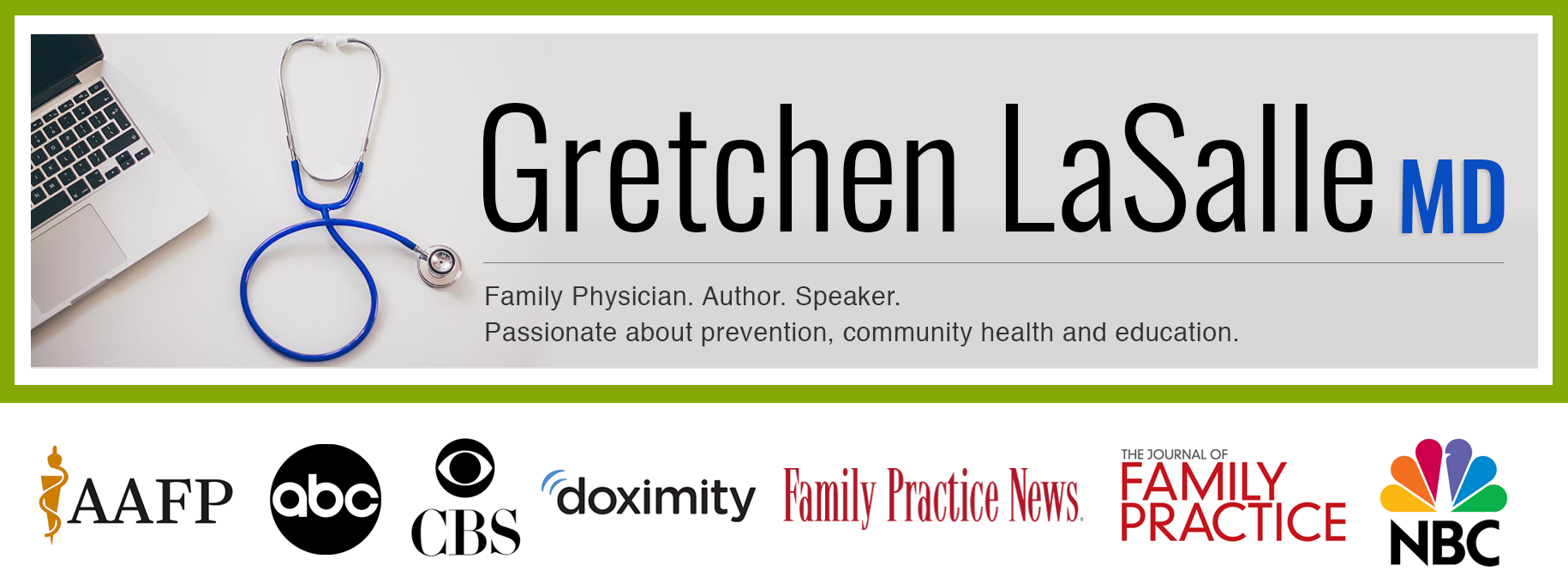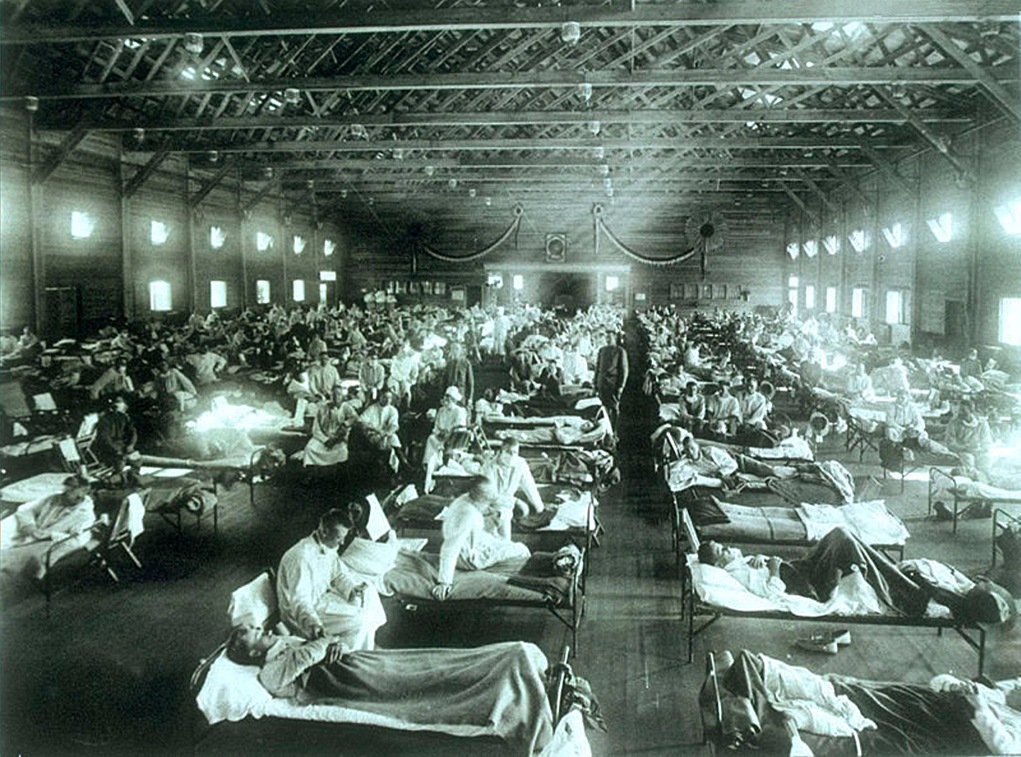“Those that fail to learn from history, are doomed to repeat it.”
— Winston Churchill
2018 marks exactly 100 years since the Spanish Flu of 1918 ripped a path across the earth, claiming the lives of millions and changing the course of history. Most estimates lay the death toll around 50 million but some go as high as 100 million lives. One third of the world’s population was infected and, unlike more modern flu epidemics, this pandemic strain of flu claimed the lives of largely young, healthy individuals. It ravaged the body, sometimes causing death within a matter of hours. In a single season, the average life expectancy dropped by 12 years. Every person was touched by loss, by grief, sometimes multiple times over. Families were decimated, businesses were destroyed, even the course of WWI was altered. The world was unprepared for the devastation that it would see in the course of that single flu season.
Vaccine science has come a long way since 1918. The flu virus was finally isolated in 1933 and the first flu vaccine introduced by Jonas Salk and Thomas Francis in 1938. Researchers and public health experts ultimately recognized the unique ability of influenza to mutate rapidly and thus was born our current process of observing the circulating strains of flu around the world and making a yearly determination about which strains to include in that season’s vaccine. While not perfect, the flu vaccine is the best hope we have for preventing repeat of such a deadly history. Yet, as a family physician on the front lines of the vaccine discussion, it is amazing to me that we still have to work so hard to convince people to get their flu shots and that we are beginning to see resurgence of illnesses like measles and mumps and others that, until recently, were believed to be largely eradicated from the United States. It seems our collective memory about the devastation of vaccine-preventable disease is short.
There is so much misunderstanding about the flu vaccine. We expect it to be perfect in its ability to prevent influenza. We expect it to have no possible side effects. We expect it to work immediately. We expect it to be a one-stop shop for preventing all viral illness. And when it doesn’t live up to our expectations, we view it as a failure. But what we have to remember is that no vaccine is perfect, just as no medicine to treat disease works every time for every person. It is the best that we have until something better is developed. If we hold out for perfect, which will never come, we are putting ourselves, our loved ones, and our communities at risk.
While not nearly as frightening as the numbers from the 1918 flu pandemic, our modern-day flu statistics are still impressive, and not in a good way. Even with the availability of the flu vaccine, we still see between 12,000-56,000 influenza deaths each year in the United States alone. During the 2017-2018 influenza season, 80,0000 people died from the flu. And what we know about these deaths, from reviewing the individual cases over the years, is that typically >80% of those people had not received the flu vaccine. So while the flu shot doesn’t prevent people from getting the flu 100% of the time, it does make it significantly less likely that a person would contract influenza, decreases the severity of that potential infection, and protects against the possible deadly outcomes of the illness.
It is incumbent upon all of us, as members of this society we call humankind, to watch out for each other. We are not alone on this earth and our healthcare choices do not exist in isolation. A decision not to vaccinate oneself or one’s family, has the potential to negatively affect the lives of countless others. Vaccine-preventable diseases typically spread for 1-2 days before we have any signs or symptoms of infection. No matter how cautious we are about washing hands and covering coughs when we are sick, how cautious are we when we think we are perfectly healthy? These diseases are engineered by nature to spread rapidly and with ease. If we let down our guard, if we fall into the trap of thinking that the flu and other vaccine-preventable diseases are no big deal, if we don’t do our part to prevent the spread of disease through immunization, we are destined to see history repeating itself.
As a physician whose goal it is to help people live happier, healthier lives, I implore you not to become complacent – get vaccinated. Just as we don’t want to wait until someone has a heart attack to start treating their underlying high cholesterol or high blood pressure, we don’t want to wait until we are faced with a catastrophic pandemic like the Spanish Flu to begin to take vaccine-preventable diseases seriously. In living healthy lives, which includes vaccinating, we can help ensure that our families and our communities will thrive for generations to come.


So important to remember past pandemics like this, and be thankful we live in an age where we can PREVENT so many diseases! #VaccinesWork
Amen sister!
This is a fantastically written article and EVERYONE needs to read it! Thank you for all you do Dr. LaSalle!!!
Thanks Free. You’re doing some pretty amazing work yourself! Thank you for looking out for our kids!